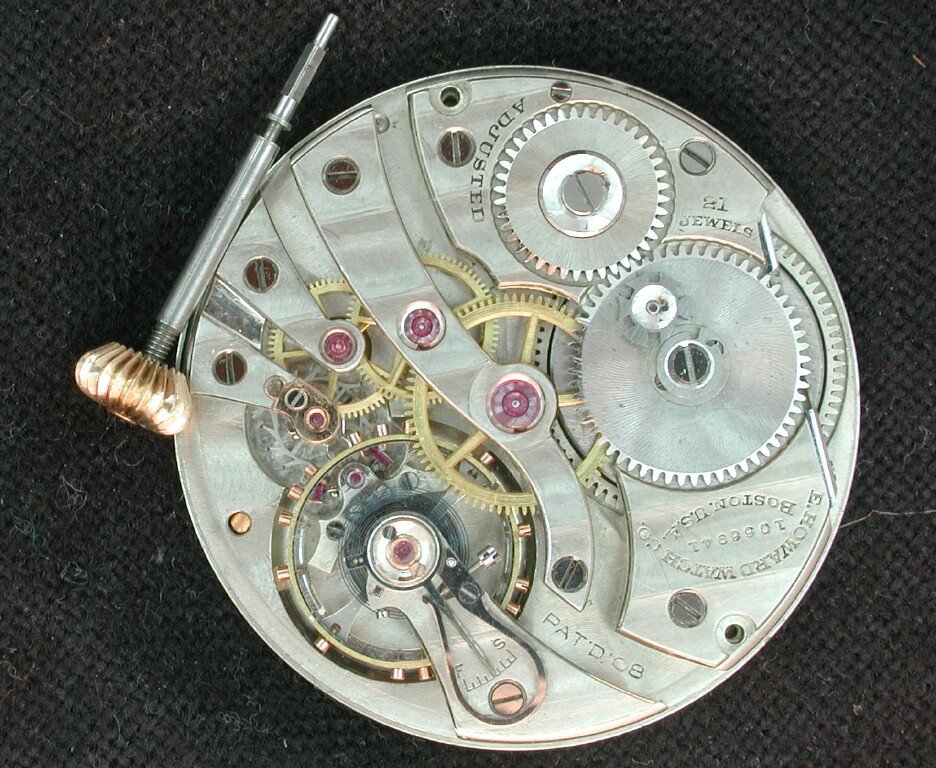The Geneva drive or Maltese cross is a gear mechanism that translates a continuous rotation into an intermittent rotary motion. The rotating drive wheel has a pin that reaches into a slot of the driven wheel advancing it by one step. The drive wheel also has a raised circular blocking disc that locks the driven wheel in position between steps.
Because the mechanism needs to be well lubricated, it is often enclosed in an oil capsule.

Internal Geneva drive :-
An internal Geneva drive is a variant on the design. The axis of the drive wheel of the internal drive can have a bearing only on one side. The switch time is greater than the time the driven wheel stands still. This is also a main difference between them.

Applications :-
- What is Switzerland known for ? for its beautiful sceneries, yea… but also for its mechanical watches- Rolex, Omega, Rado. The name derives from the device’s earliest application in mechanical watches.
- Also one of the application of Geneva drive is the movie projectors. These were used earlier as the film doesn’t run continuously, instead the film was advanced frame by frame, each frame standing still in front of the lens for a very short period of time. In modern projectors, stepper motors are used.
- Other applications of this mechanism include automated sampling devices, banknote counting machines, CNC machines, turret lathes & turret drills.
The external form is the more common, as it can be built smaller and can withstand higher mechanical stresses.
source:- wikipedia.org

